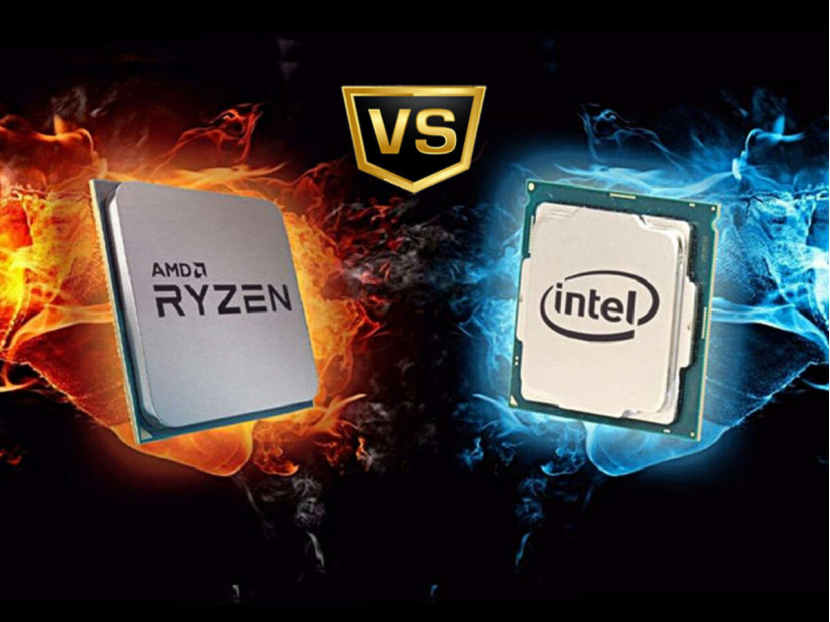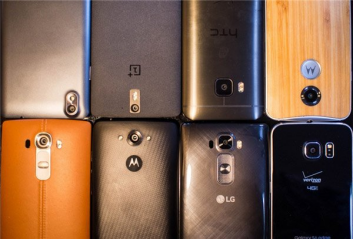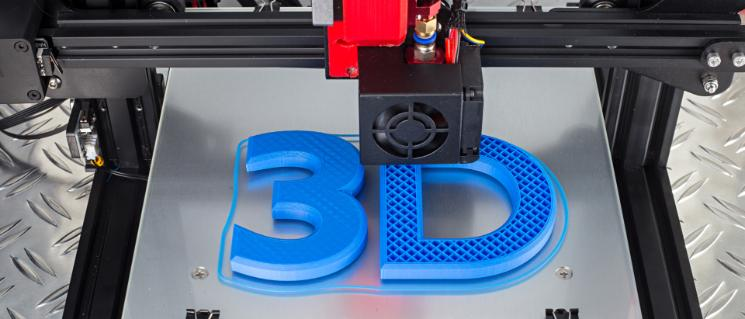How to Choose the Best Portable Battery Charger?
Selecting the right portable battery charger is crucial for staying powered in our mobile-centric world. With numerous options available, understanding key specifications ensures you choose a power bank that truly meets your needs. This guide simplifies the selection process by focusing on three essential aspects: battery capacity, which determines how many charges you'll get; output performance, which affects charging speed; and design features that impact daily usability. By evaluating these factors against your personal usage patterns, you can avoid overpaying for unnecessary capacity or underestimating your power requirements. The ideal power bank seamlessly integrates into your lifestyle, providing reliable energy when you need it most without adding bulk or complexity.
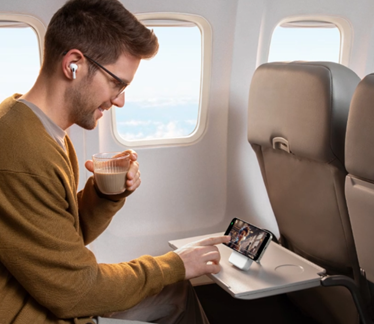
Calculating the Right Battery Capacity
Understanding mAh Ratings and Real-World Performance
Capacity, measured in milliamp-hours (mAh), indicates how much energy a power bank can store. However, real-world usable capacity is typically 20-30% lower than advertised due to energy conversion losses and circuit protection systems. For accurate planning, consider that a 10,000mAh power bank realistically provides about 7,000mAh of actual charging power - sufficient for 2-3 smartphone charges. When comparing options, look for power banks that use high-quality cells and advanced power management systems, as these maintain efficiency better over time. Well-engineered models often include accurate LED indicators or digital displays that show remaining capacity, helping you avoid unexpected power depletion during crucial moments.
Matching Capacity to Your Specific Needs
Your ideal capacity depends on device usage and travel habits. Light users needing occasional phone top-ups will find 5,000-10,000mAh sufficient for daily carry. Moderate users charging multiple devices like phones, tablets, and earbuds should consider 15,000-20,000mAh models. Heavy users requiring laptop charging need 25,000mAh or more. Also consider future needs - as devices gain larger batteries, your power requirements may increase. For air travel, note that most airlines limit carry-on power banks to 27,000mAh (100Wh). The most practical approach is analyzing your typical power consumption during peak usage days, then selecting a capacity that provides a 25-30% buffer beyond your calculated minimum requirements.
Evaluating Charging Speed and Output Performance
Understanding Wattage and Charging Protocols
Charging speed depends on both wattage (volts × amps) and compatible charging protocols. Standard 5W charging works for overnight use, but modern devices support faster solutions like Power Delivery (PD) and Quick Charge (QC). PD technology enables dynamic voltage negotiation, supporting outputs from 18W for smartphones to 100W for laptops. When selecting a power bank, verify that its output specifications match your devices' maximum charging capabilities. Advanced power banks feature multiple output ports with different protocols, allowing simultaneous charging of diverse devices at optimal speeds. Look for products that clearly specify supported protocols to ensure compatibility with your current and future devices.
Practical Benefits of Fast Charging Technology
Fast charging transforms portable power usage by significantly reducing connection times. A 30-minute charge with an 18W+ PD power bank can provide 50-70% battery replenishment for most smartphones - crucial between meetings or during travel. For professionals using laptops, 45W+ PD output enables meaningful work extension without seeking outlets. The true value emerges in multi-device scenarios where a properly specified power bank can rapidly charge a smartphone, tablet, and wireless earbuds simultaneously. This efficiency becomes particularly valuable during power-intensive activities like video recording or navigation where every percentage point of battery matters. Fast charging capabilities ensure you maximize power availability during limited charging opportunities.
Assessing Design and Key Features
Balancing Portability with Performance
The relationship between capacity and physical size requires careful consideration. High-capacity models offer extended usage but increase weight and dimensions. Lithium-polymer batteries enable slimmer profiles compared to traditional lithium-ion cells at equivalent capacities. When evaluating portability, consider your carrying method (pocket, bag, or case) and typical usage duration. The best designs incorporate thoughtful elements like rounded edges for comfortable carrying, textured surfaces for secure grip, and compact form factors that minimize space consumption. Innovative models now feature built-in cables and folding plugs, eliminating the need for separate accessories. These considerations ensure your power bank becomes a seamless travel companion rather than a burdensome accessory.
Essential Safety and Convenience Features
Comprehensive safety mechanisms are crucial for any quality power bank. Beyond basic short-circuit protection, advanced systems monitor temperature fluctuations and regulate output during abnormal conditions. Look for certifications like CE, RoHS, and UL listings that verify safety claims. For convenience, consider features like pass-through charging (powering devices while the bank itself charges), accurate battery indicators, and built-in lighting for emergency use. Some models offer wireless charging capabilities, eliminating cable connections for compatible devices. When evaluating these features, prioritize those aligning with your specific use cases rather than pursuing unnecessary complexity. The most practical implementations enhance functionality without compromising core charging performance or reliability.
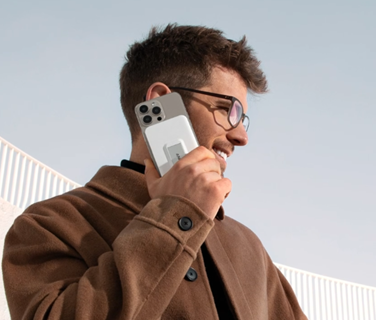
Conclusion
Selecting the ideal portable battery charger requires balancing capacity, charging speed, and design features against your personal needs. By understanding how these factors interact with your usage patterns, you can choose a power bank that provides reliable performance without unnecessary bulk or cost. The best power bank becomes an invisible safety net, offering peace of mind through consistent power availability. Remember that the right choice balances technical specifications with practical usability - adequate capacity for your devices, sufficient output for efficient charging, and a design that fits your lifestyle. This strategic approach ensures your investment delivers long-term value through years of reliable service.
Copyright © 2023 guideforests.com. All rights reserved.
